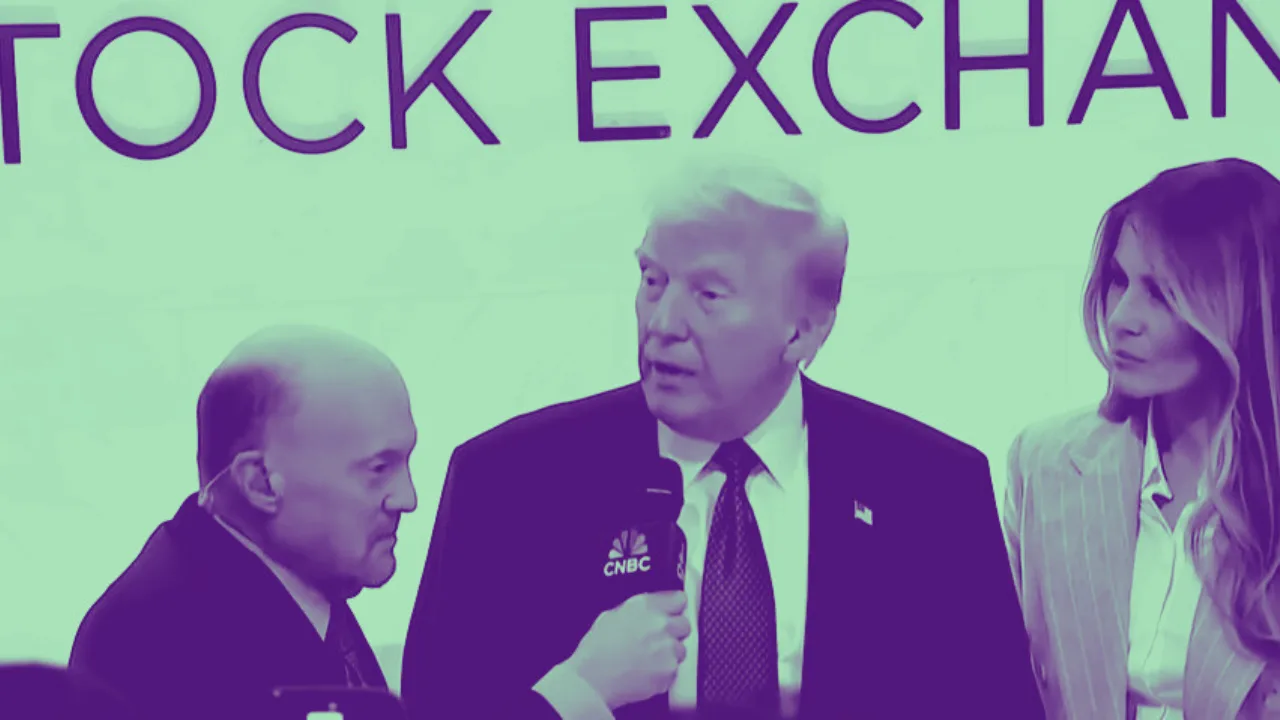The U.S. economy showed surprising resilience in April 2025, with the latest jobs report easing immediate fears of a recession. But behind the strong headline numbers, storm clouds may be forming. President Trump’s aggressive tariff policies and the Federal Reserve’s cautious stance mean the coming months could be critical in determining whether this strength is sustained—or proves short-lived.
Headline Numbers Surprise to the Upside
According to the Bureau of Labor Statistics, nonfarm payrolls increased by 177,000 in April, comfortably exceeding economists’ consensus forecast of 133,000 reported by Dow Jones. The unemployment rate held steady at 4.2%, and wage growth continued at a healthy 3.8% year-over-year clip.
This data reflects labor market conditions from mid-April, just after President Trump enacted sweeping tariffs on April 2—dubbed “Liberation Day” by his administration. As such, economists agree that April’s report likely doesn’t yet reflect the full economic impact of these new policies.
Sector Breakdown: Health Care, Transport Lead Gains
The job gains were broad-based, led by:
- Health care: +51,000 jobs
- Transportation and warehousing: +29,000 jobs
- Financial services: +14,000 jobs
Conversely, manufacturing lost 1,000 jobs, and retail trade declined by 1,800 jobs, hinting at early signs of stress in consumer-facing and export-sensitive industries. Government employment also fell by 9,000, reflecting continued efforts by the federal government to reduce its footprint (BLS Report).
Market Reaction: Relief With Caution
Markets responded favorably to the headline job gains. The S&P 500 rose 1% and the Dow Jones Industrial Average climbed 1.1% on the news, with investors breathing a sigh of relief that the labor market appears stable for now.
But some economists warned that the upbeat tone could be temporary. Byron Anderson, head of fixed income at Laffer Tengler Investments, noted, “The pain from tariffs will not be immediate. Thankfully, jobs are unaffected for the moment, but the longer this situation goes on we will start seeing the data trend negative.”
What About the Tariffs?
President Trump’s April 2 tariffs, which slapped duties of up to 145% on key Chinese imports, are part of a broader push to restore domestic manufacturing and punish trade partners he accuses of “cheating America.” The tariffs are already showing ripple effects. According to the U.S. Census Bureau, March saw a surge in imports as businesses rushed to beat the deadline, contributing to a 0.3% GDP contraction in Q1—the first economic contraction in three years.
Investors are now watching to see how quickly these tariffs impact business sentiment, hiring decisions, and supply chains.
Fed on Hold—for Now
The Federal Reserve is unlikely to cut interest rates in the near term given the strength of the labor market and inflation running slightly above its 2% target. But that could change quickly.
Lindsay Rosner, head of multi-sector fixed income investing at Goldman Sachs Asset Management, commented, “Solid labor market data provides the Fed with scope for patience. But today’s data feels somewhat backward looking, and the risks remain that a weakening economy could see the Fed resume its easing cycle later in the year.”
Seema Shah, chief global strategist at Principal Asset Management, echoed that sentiment. “Certainly, why would the Fed start cutting rates right now when the unemployment rate is near record highs, the consumer is still fairly robust, and inflation is running above target?” she said in a note to clients. “The economy will weaken in the coming months… but the U.S. has a decent chance of averting recession if it can step back from the tariff brink in time.”
Business Confidence Still Strong—But Fragile
Daniel Zhao, lead economist at Glassdoor, noted that the labor market has yet to absorb the full shock of the tariffs: “This first jobs report post-Liberation Day is much too soon for the impacts to show up. Even May may still be too early as businesses work down inventories.”
Companies are generally still hiring, but surveys of business sentiment from NFIB and ISM show caution creeping in, particularly in manufacturing and retail.
Investor Takeaways
1. Don’t Chase the Relief Rally
The positive April jobs number is welcome news, but investors should resist the temptation to assume the all-clear has been sounded. Trade policy shocks have a lagging effect, and markets may be underestimating the economic drag that higher import prices could trigger later this year.
2. Watch Manufacturing and Retail Closely
These two sectors are the most exposed to supply chain disruption and consumer price sensitivity. The job losses in both areas are modest for now, but could accelerate if tariffs remain or escalate.
3. Focus on Resilient Sectors
Health care and transportation continue to post strong employment gains. Companies in these sectors—especially logistics, pharmaceuticals, and medical services—may remain solid investments even if the broader economy slows.
4. Prepare for Rate Cut Conversations in Q3
If the Fed holds steady for now, signs of economic slowdown (especially from May and June data) could force its hand by late summer. Bonds and interest-rate sensitive sectors like real estate could benefit from renewed easing talk.
5. Tariff Timeline Matters
The impact of Trump’s April 2 tariffs won’t fully show in economic data until late Q2 or early Q3. Investors should stay laser-focused on upcoming earnings calls, logistics reports, and inventory trends for clues on how companies are absorbing or passing on higher costs.
Final Thoughts
The April 2025 jobs report proves that the U.S. economy remains fundamentally resilient—even in the face of rising global tensions and aggressive trade policy. But that resilience will be tested in the months ahead.
Investors should enjoy the momentary optimism but prepare portfolios for a more volatile summer. Tariffs may not have bitten yet, but the teeth are coming—and whether the U.S. can avoid a recession will depend on how long the bite lasts.





